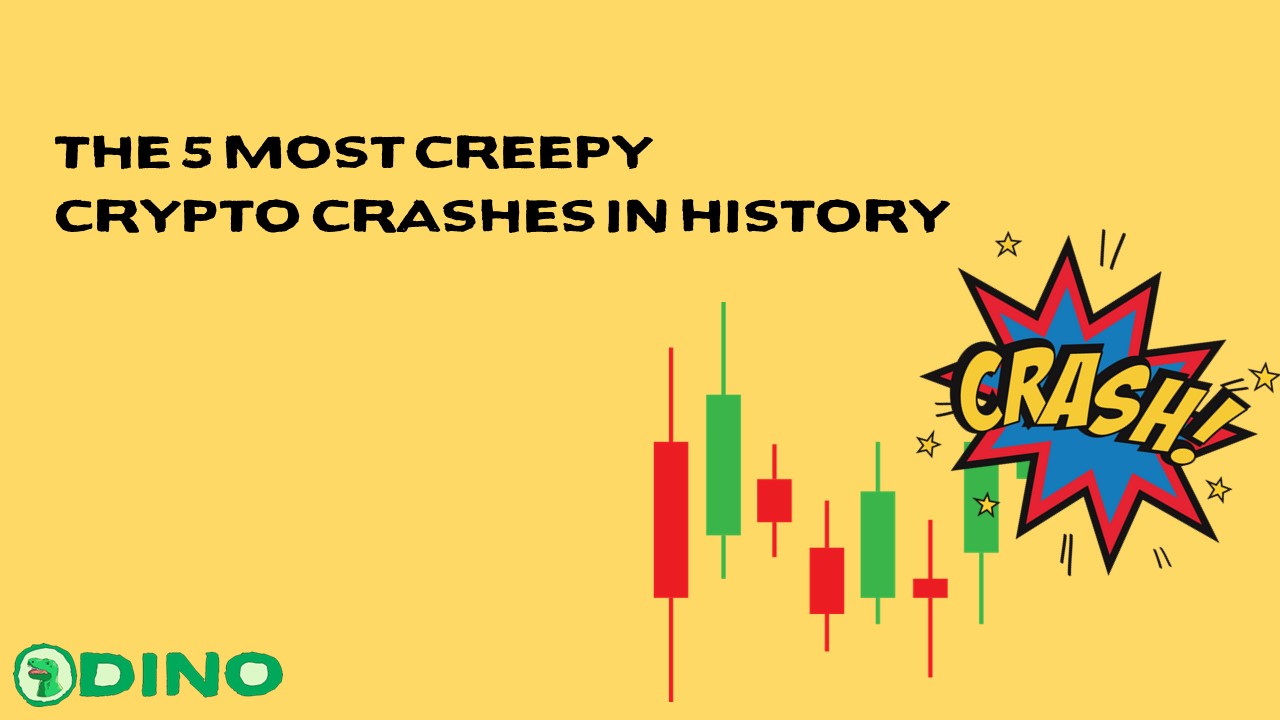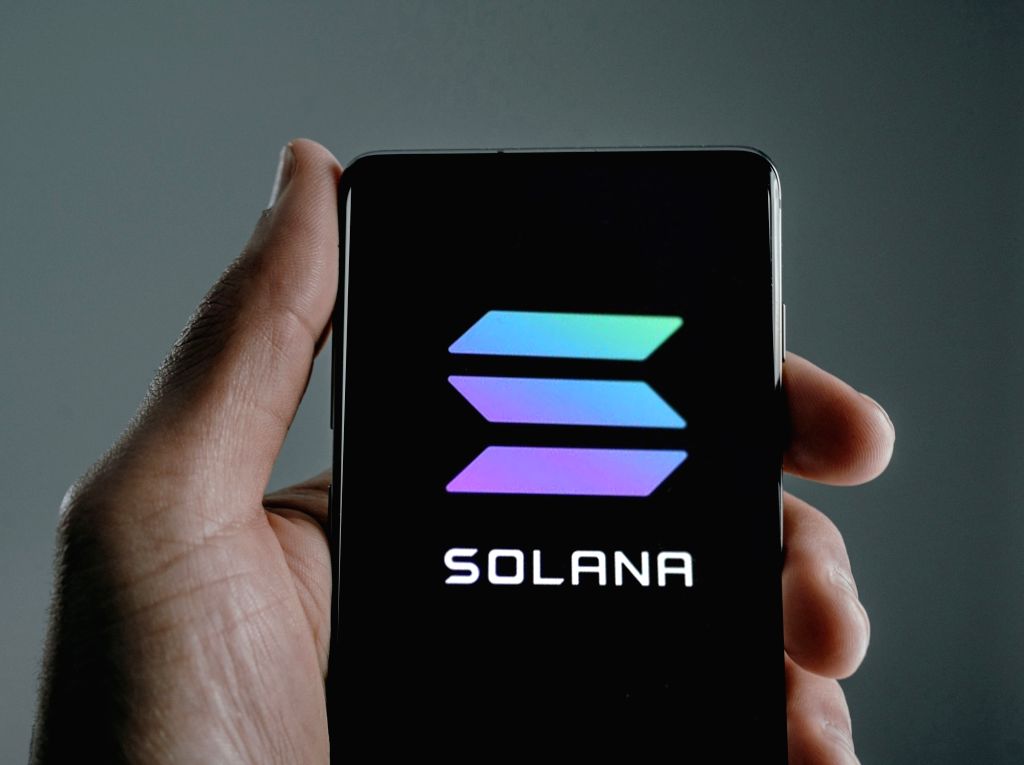Despite a reasonably high price, the crypto market was filled with several corrections and even a reasonably large crash.
The sudden drop in crypto prices has succeeded in taking many victims.
These victims remind investors that while a token or coin can appreciate relatively high, its price can also drop quite a lot.
This decline becomes increasingly unavoidable if the usability and fundamentals of the technology are not straightforward.
This article will overview the five cryptocurrencies that fell into one of history’s biggest and most terrifying crashes.
Einsteinium (EMC2)
Einsteinium is one of the cryptos that experienced quite a high appreciation in 2017 due to FOMO.
At that time, EMC2 was just a crypto project built as an ordinary blockchain whose profits were partly given to research.
Outside of these uses, EMC2 is useless, and its crypto price has appreciated during the 2017 bull run. Unfortunately, this coin’s price decreases significantly when the bull run ends, and the usefulness of EMC2 has not increased.
In addition, one of the most significant negative sentiments is the attack on 51% of the entire network, which makes no one able to withdraw their funds.
This condition resulted in a significant decline in its market capitalization, from the top 100 to currently at 1,086.
This decline in market capitalization occurred due to the price correction. EMC2 is evidence that crypto with weak fundamentals will not always be victorious.
Ubiq (UBQ)
Next is Ubiq, which is one of the blockchains that is currently improving its ecosystem and technology.
In the 2017 cycle, Ubiq was one of the coins that experienced a significant appreciation at around 2.112% in less than three months.
Unfortunately, Ubiq has experienced a significant correction of close to 100%.
This incident is a crash in the network where some nodes are damaged and die.
Due to the large percentage of damaged nodes, the network is damaged, and transactions are terminated.
As a result of this incident, UBQ’s market capitalization has decreased from the top 100 to the current 1113 ranking.
Blocknet (BLOCK)
Blocknet is one of the bridges between blockchains that experienced success in the 2017 bull run.
At that time, BLOCK experienced success due to being able to carry out transactions with different blockchains.
This feature is one of the significant features in 2017 because, unlike in 2021, interoperability features or the ability to connect between blockchains are still scarce.
As a result, this feature has pushed BLOCK up in price by 71,400% at the start of 2017. But unfortunately, the glory did not last long as it turned out that this feature is still not vital, and there are some errors in the nodes or network drivers.
In addition, there was an uneven allocation of tokens which led to a large scale by several large investors who also came from the team.
This correction has seen BLOCK experience a decline from the top 100 in market capitalization to its current rating of 1153.
The good news is that the project is still alive and well and trying to restore its former glory several years ago.
Edgeless (EDG)
Next up is Edgeless, which experienced an appreciation of 26.536% in one year and then lost its value to near zero.
EDG is play-to-earn crypto based on a casino theme, generally used for gambling.
This crypto project wants to provide a casino platform that is fairer, decentralized, and away from manipulation on the part of the game or game owners.
There was quite a bit of interest in this crypto from 2017 to 2018, but its lackluster usability and heavy rivals brought it down.
From the side of the Edgeless project, it still looks alive but has lost most of its value since 2017.
This is due to the lack of development and the number of gambling-based gaming platforms that dominate the crypto world.
Also, considering the technology is still below average and still moving on Ethereum at a high cost, it’s easy to see the interest drop. This condition has made it’s market capitalization drop from above 100 in market capitalization in 2017 to 1,363 in 2021.
Substratum (SUB)
Substratum is a blockchain-based crypto that makes mining easy and cost-friendly.
SUB is similar to Chia Network and Storj. It rewards miners by providing free space for data storage.
The purpose of SUB is to be a data repository for building a stored and mobile internet world that is decentralized or without third parties.
Unfortunately, there were many attacks on decentralized data storage due to the many parties that hindered the growth of crypto.
Some of the incidents that caused the failure of SUB’s growth were the obstacles to internet justice in China, America, and the case of the Middle East.
These conditions prevent most internet-based crypto projects and decentralized data storage from growing.
Unfortunately, this incident has made SUB experience a decline of almost 100% after rising around 6.582%.
The price drop has made it’s market capitalization drop from above 100 to 1,715 today.
This incident reminds us that although the support and interest in crypto are significant, the potential for price declines and market capitalization is unavoidable.
This statement is especially true for cryptos with poor or not yet strong fundamentals.
So it’s a good idea when investing in crypto; investors always use analysis, not FOMO, and most importantly, use “cold” money.
More News About Crypto : NEWS
Follow our Twitter : https://twitter.com/DinoDapps



